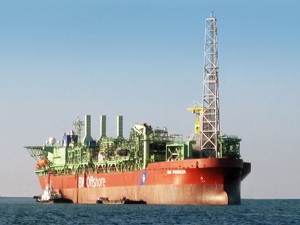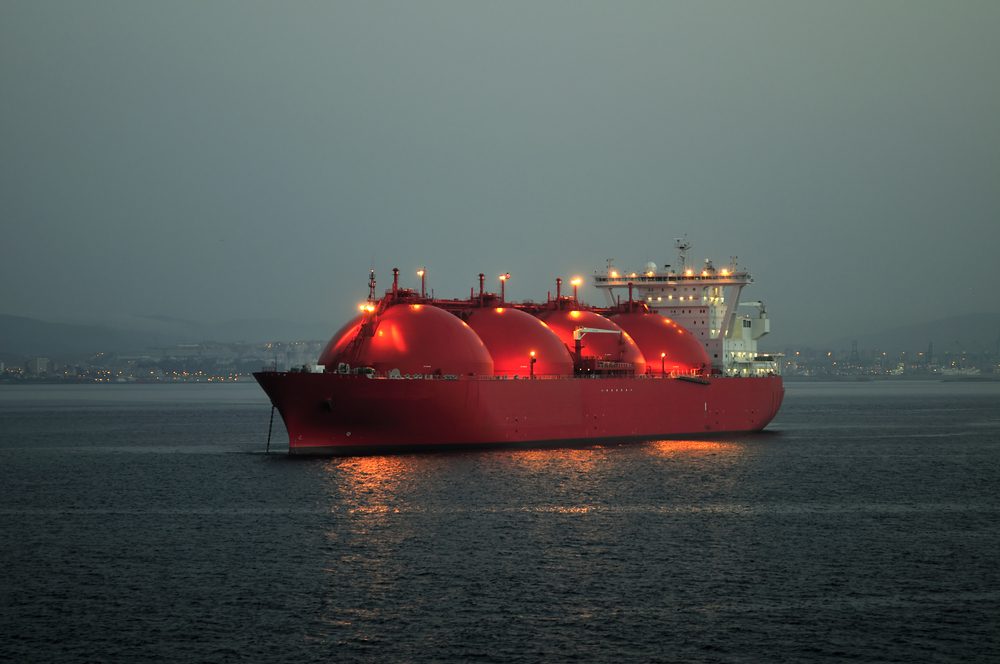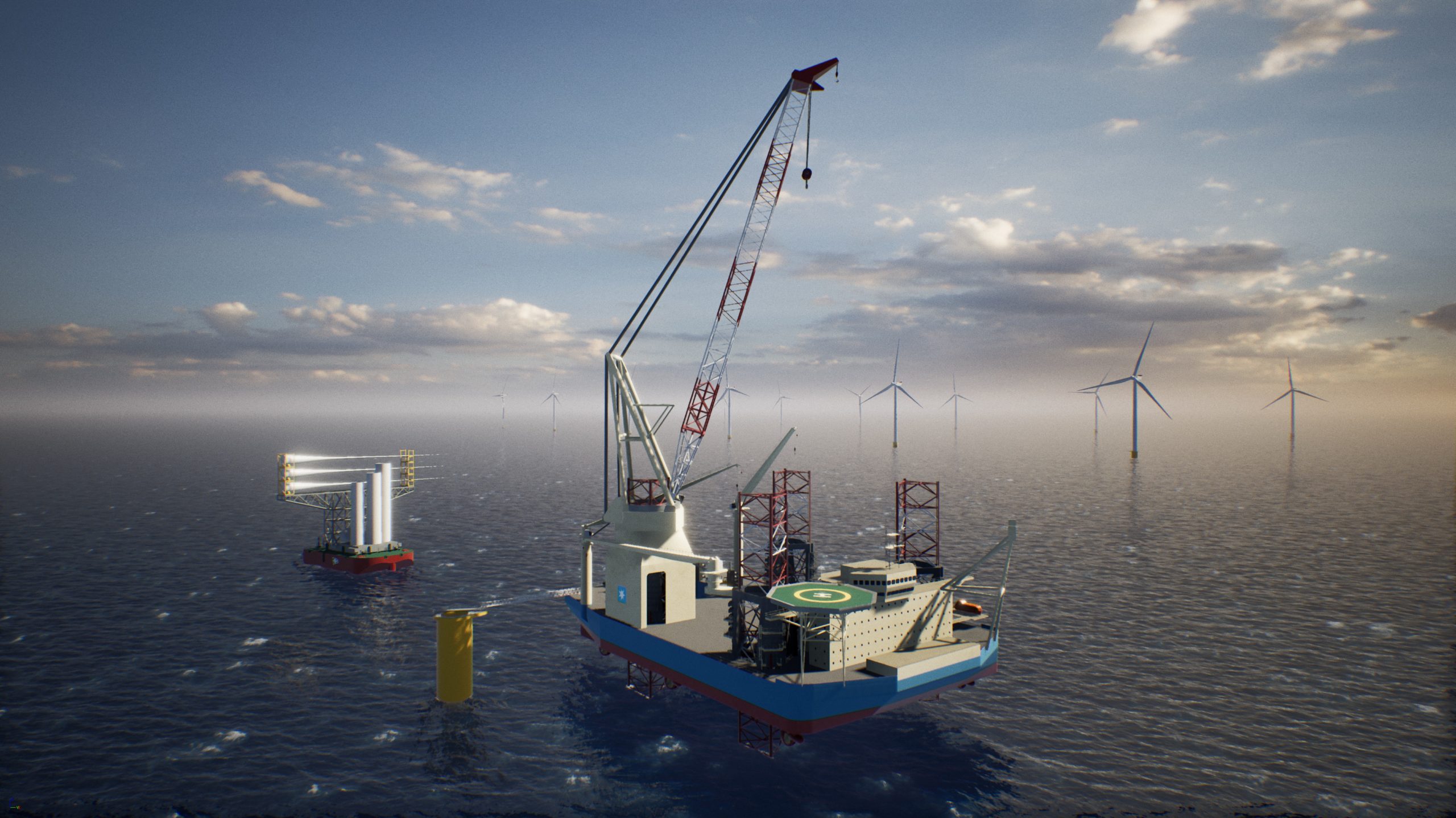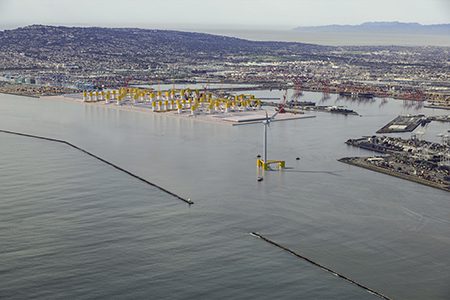Almost a year after they had planning to start production, oil has finally started to flow from Petrobras’ Cascade Field, 250 kilometers south of Louisiana in the Gulf of Mexico. Collecting these hydrocarbons is the BW Pioneer FPSO (a Floating, Production, Storage and Offloading vessel platform), which is literally anchored in water 2,500 meters (over 8000 feet) deep.
This is the first FPSO to produce oil and gas in the U.S. Gulf of Mexico, and it is capable of processing 80,000 barrels of oil and 500,000 cubic meters of gas per day and of storing 500,000 barrels of oil. The vessel is fitted with a detachable mooring system that allows it to sail to sheltered areas during hurricanes and storms, providing security to both the crew and to the environment as well as preserving equipment.
The Cascade 4 production well was drilled and completed in Lower Tertiary reservoirs (formed between 23 and 65 million years ago), a promising offshore exploration frontier which is located at a depth of about 8,000 meters in the Gulf of Mexico.
This well is connected to the vessel platform by means of a system composed of subsea equipment and lines, in addition to free-standing risers (vertical production lines). The oil will be transported to land on shuttle tankers, and the gas through pipelines. Petrobras is the first company to develop an oilfield in the Gulf of Mexico using these technologies, which are systematically and successfully applied in Brazil.

 Join The Club
Join The Club











